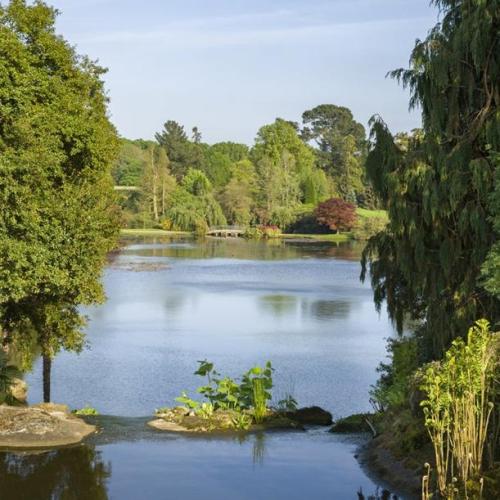Garden for the future
A new Garden for the Future has been opened at Sheffield Park and Garden in East Sussex, this marks the first major planting refresh of the Grade-I listed landscape since it came into the care of the National Trust in 1954.
Sheffield Park and Garden was formed through centuries of visionary landscape design, from the influences of Capability Brown, Humphry Repton, Arthur Gilstrap Soames to E A Bowles, who all pushed boundaries with innovative and experimental planting of many species from around the world. In their time. The 120-acre garden provided the scale and opportunity to indulge their lifelong passion for horticulture and provided a test bed for observing how species around the globe adapted to different climates and growing conditions.
In keeping with this pioneering spirit and with the help of three-time RHS Chelsea award-winning garden designer Joe Perkins, the National Trust has made its own contribution to this legacy with a new design with sustainability and climate resilience at its core.
The new space has transformed a corner of around half an acre that was once used for propagation, into a new visitor experience.
In recent years, significant specimens in the collection at Sheffield Park have suffered with extremes in temperature, rainfall and some are nearing the end of their natural life. The garden team are working to understand how to add to the current collection to create resilience for the future.
Looking to other parts of the world to showcase how plants can adapt to different environments and learning from the project will help planting plans and future garden developments and offer opportunities for continued professional learning for teams within the National Trust and beyond.
A series of three distinct areas have been created:
Area 1: Dry exotic
Planting here is mostly in raised beds, allowing the use of species from the sub-alpine habitats of parts of Tasmania, New Zealand, central and southern Chile and southern Argentina.
Area 2: Gondwanan forest
This area is focused on the southern hemisphere forests. Many of the species originate from the ‘Gondwanan’ supercontinent which linked Australasia with South America, Africa, India and Antarctica.
Area 3: Temperate woodland
This area sits mostly under the existing tree canopy with large areas of ground covering ferns, shade-tolerant grasses including forget-me-not scattered around the area.
A core principle of the planting scheme is resilience. They identified the need for plants which can tolerate both extended periods of drought, heat and cold temperatures. Creating different planting habitats will allow the team to explore plants from around the world that could be better adapted to future conditions.


